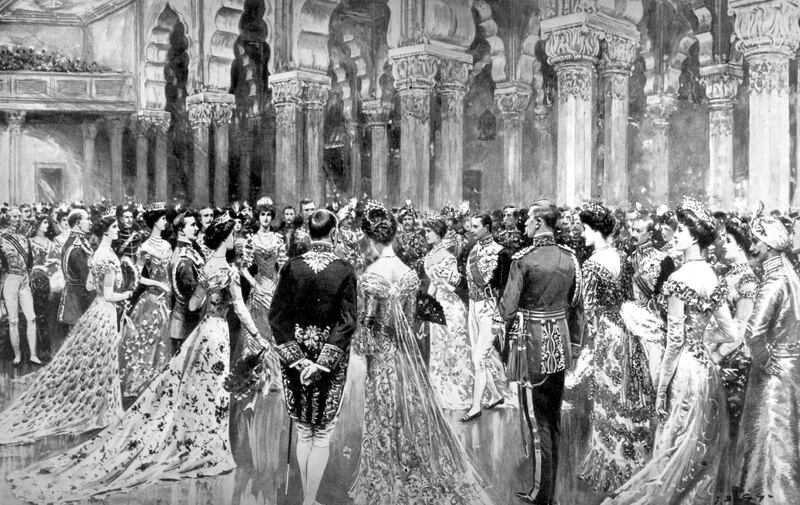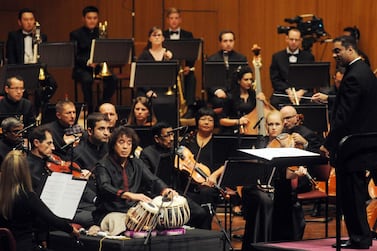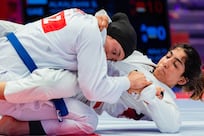Every winter during colonial rule, and after it ended, India's metropolises would come alive with weekly dances. Tickets were advertised in newspapers and would cost as little as 3 rupees (16 fils).
There would be staple food options and drinks available on the house, as well as grand prizes, auctions and ballroom dancing until the early morning.
Ballroom dancing was big back then, yet it's slowly and steadily fading into the past, as Gen Z prefers new-age lounge music or Bollywood, and the accompanying dances, instead of live bands and traditional etiquette.
"When we learnt to dance, we didn't have much to do by way of entertainment," says Dubai resident Elroque Pereira, from Goa. "Our lifestyles were also different from the kind that kids younger than us have. For example, my younger cousins refuse to learn the dances. My uncle, who is a brilliant dancer, wants to teach them, but they're not interested."
Everything from the waltz to the foxtrot, the cha cha to the jive, were traditionally seen at these parties. A master of ceremonies would host an event and a live band belted out numbers until the wee hours. Proceedings would start with a waltz, then go on to faster dances.
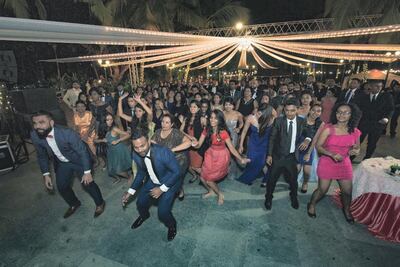
"In Goa, the Christmas Ball is where we all land up," says Pereira. "After midnight Mass on Christmas Eve, we head to the church grounds, which would be done up for the dances. The set would begin with the waltz, then move on to the cha cha and jive, then masala music [Goan songs] and lastly popular music. The crowd would be pumped until 7 in the morning."
People learnt the steps for each dance from their parents, siblings and friends. "My parents learnt dancing at beach shows in the 1970s," Pereira says. You would watch as the dances were performed, get in step and work from there, he adds.
Indian history is replete with references to grand dances held every week. It was the only fully involved form of entertainment and the precursor to the country's nightlife scene. Later, club culture in India, which was started by Europeans during colonial rule, evolved to include Indians after the country gained independence from the UK in 1947 and these venues organised dances for members and their guests every week.
British historian David Gilmour described the club as a social centre of the civil station and the cantonment, with most built by the British, such as the Madras Club in Chennai. Kolkata, which was known as Calcutta at the time and was the capital of the British-held territories in the country until 1911, became home to a plethora of these clubs, hosting sophisticated members-only dinners and dances. Nearly all of them remain today and while the nature of the events held at the clubs now largely features modern pop and house music, this was unthinkable until the 1990s. From themed parties to bigger events such as a dance on Independence Day, ballroom dancing was an essential part of social life in the country.
"At social gatherings and parties, we were all expected to dance," says Conrad Egbert, an Anglo-Indian writer who grew up in Lucknow. In comparison to Kolkata and Mumbai, the north Indian city had a much smaller Anglo-Indian community, so residents took their weekly and annual get-togethers seriously. Egbert says he grew up with classic dances such as the box step, jive and foxtrot, and attributes this legacy of ballroom dancing to the European officers who settled in India. "Formal education in dance was passed down the generations," he says. "Balls and dances were the most prominent way to do that."
Even as Egbert grew up, fewer Anglo-Indians were willing to take up the mantle of carrying forth the community's musical and dance traditions. He recalls one occasion when a song ended with an "out of place" drumroll and it turned out the drummer's dentures had fallen out and bounced off his instrument. "It was hilarious then, but it also indicates how it was the ageing members of the community who were doing all the work," he says.
Newspaper archives at the Goethals Indian Library at St Xavier's College in Kolkata reveal how vibrant the dancing scene was in the city. Every December, numerous advertisements would appear in The Herald, a weekly tabloid published by the archdiocese of Kolkata and paid for by various parishes and associations, to invite people to the Christmas and New Year's Eve balls. The Goan Association of Bengal's Christmas Ball is still a prized event on the city's festive schedule. It is held at the Rangers Club and dates back more than a century.
The Grail Club's Christmas Ball was also a highlight and was frequented by Anglo-Indians, although now the institution has shrunk considerably in space and membership.
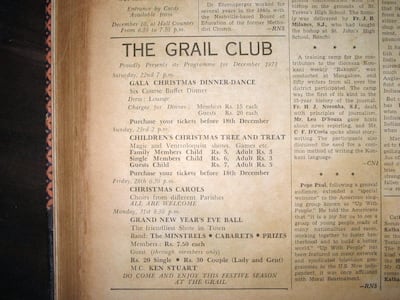
"Learning how to dance is over," says Errol O'Brien, one of Kolkata's most respected Anglo-Indians. He is an author and teacher and continues to have his finger firmly on the city's pulse, even though he's now well into his eighties.
"Earlier, we would go to Rangers or Grail, but then other clubs such as Dalhousie Institute opened up, so we go there now," he says. "The Christmas and Easter dances are important affairs. And the twist has completely died."
The appearance of live bands at these dances has also nearly disappeared. Back in their heyday, popular performers were equivalent to stars in the City of Joy, with artists from Usha Uthup to Pam Crain performing rock and swing music to the crowds. With bands such as the Amigos and Flintstones also at these events, there was no dearth of entertainers.
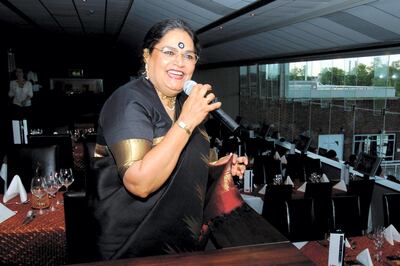
Cabaret, magic shows, ventriloquists, contests and housie (a group game similar to bingo) were also part of these events. "Punch-ups, too," says O'Brien with a laugh. "So many husbands, wives, boyfriends and girlfriends lost their partners to others at these dances."
The contests are what Goan journalist Krita Coelho says she remembers most about these events. "There would be jive competitions, which would get really heated," she explains. Her mother was a wonderful ballroom dancer, she says. "I was 7 or 8 years old and I still remember my mother doing the samba, tango and rumba, wearing six-inch heels and a sari." But she says none of these dances were the ballroom versions. "My mother knew the Milonga variety of tango, not the acrobatic stuff we watch on TV today."
Coelho puts her mother's interest in the dances down to her Portuguese heritage, although the journalist says the events were elitist in nature, despite the low price for entry. Owing to the huge difference in traditional Goan and Portuguese cultures, which eventually assimilated to become what Goan culture is today, these dances used to be limited to people of European ancestry and white lineage, as well as those who were perceived to have a certain social status, class and education.
Times are changing, though, and now everyone and anyone is welcome. "Trance, Bollywood and hip-hop have taken over most dance events, relegating the traditional genres to Christmas balls alone," says Coelho. "Even then, most youngsters prefer the salsa now."
Coelho vividly recalls some of the stranger competitions and contests that were once a part of the grand balls. "The MC would suddenly announce an award for the best-dressed woman wearing a certain colour," she says. "But the funniest was the most romantic couple category. One time, an MC quipped while announcing the winners that 'even a piece of paper wouldn't pass through this couple'!"
With a lack of documentation and the younger generations seemingly uninterested in following in the footsteps of their parents on the dance floor, these anecdotes are almost all that remain of those times.
Christmas balls, too, have mostly given way to regular parties, with older people showing off their ballroom dancing skills for the first few minutes (more as courtesy than traditional upkeep), before younger dancers take over. Perhaps, soon, this cultural element of Christmas will fade away altogether.
